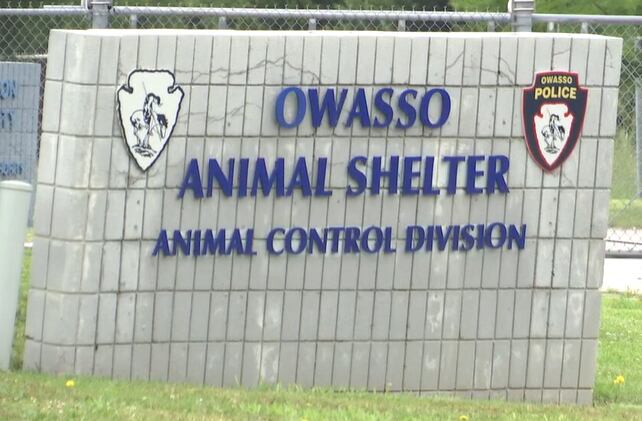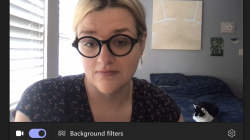Investigation into Owasso Animal Shelter Sparks Calls for Transparency and Change
The City of Owasso has initiated an independent investigation into its animal shelter, a move that follows growing concerns from the community about how animals are treated and the operations of the facility. The issue first gained attention in June when a volunteer at the shelter raised questions about the shelter’s euthanasia policy and the lack of clear information on which animals were available for adoption.
Nicole Gholson, a prominent figure in the local animal rescue community, has been vocal about the need for reform. She emphasized that the investigation is a positive step forward, especially given her long-standing concern for animal welfare. Nicole spoke at an Owasso City Council meeting in June, urging officials to prioritize saving more animals, improve collaboration with rescue organizations, and increase transparency.
“Both animals in our city and the citizens who care for them deserve better,” she told the council. “This is not just about statistics; it’s about compassion, responsibility, and community values.”
By the end of June, the city announced that it had hired a third-party attorney to conduct a comprehensive review of the shelter’s practices. The investigation will examine several areas, including the shelter’s live release rate, social media activity, allegations of criminal behavior or policy violations, documentation procedures, reporting mechanisms, and customer service standards.
The Owasso Animal Shelter is listed as “not a no-kill” shelter, which means that some animals may be euthanized under certain conditions. Nicole requested access to internal documents to understand what happens to animals after they arrive at the shelter. According to the records, the shelter took in 346 animals in 2023 and 394 in 2024. In 2023, 144 animals were euthanized, with reasons ranging from health issues and temperament to overcrowding. Some cases did not provide any specific rationale.
Of the 394 animals brought in during 2024, 250 were released alive, resulting in a live release rate of approximately 63%. Nicole believes this number needs to improve significantly. She also pointed out that the shelter uses a “drop-down menu” to summarize outcomes, which may not capture all details. While staff can add notes for additional context, Nicole feels these notes should be used more frequently.
“I want to see the notes feature utilized more often,” she said. “For example, if an animal was sent to a rescue, we should know which one. If it was adopted, we should have that information. If it was euthanized for medical reasons, we should know the exact cause. If it was due to space, we should understand why.”
Another area of concern for Nicole is the “citizen-to-owner return” category. These are animals that citizens find and report to the shelter, as required by city ordinance. However, the animals are never actually brought into the shelter. Despite this, they are still included in the live release rate.
The city explained that these entries are meant to track the location and well-being of the animals, with no intention of inflating numbers. Instead, they serve as a way to monitor activity within the community.
Nicole stressed that meaningful change requires new leadership and a shift in mindset. “We can’t expect the same individuals to suddenly change their approach without real leadership and commitment,” she said.
The city has committed to sharing the findings of the investigation with the city council first, followed by a public release. This process aims to ensure accountability and transparency while addressing the concerns raised by residents and animal advocates.







